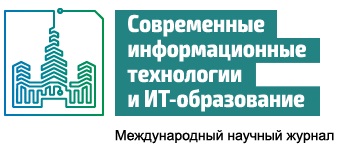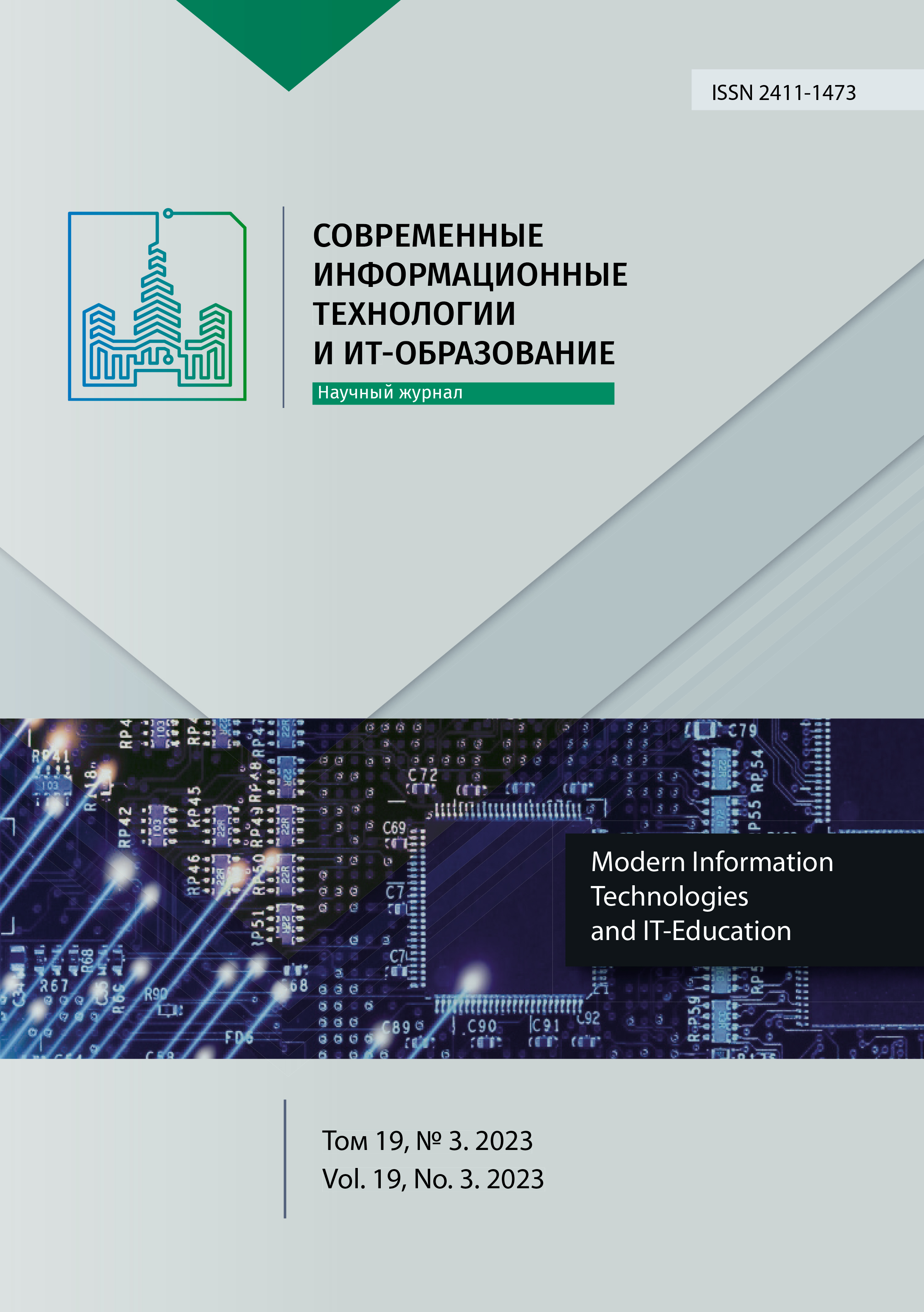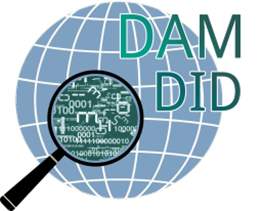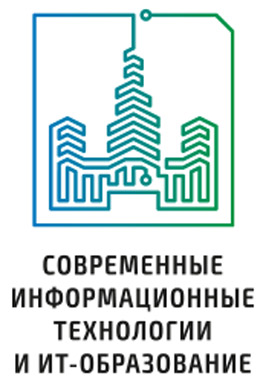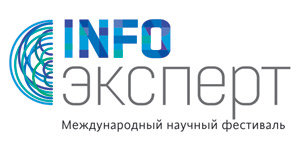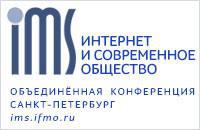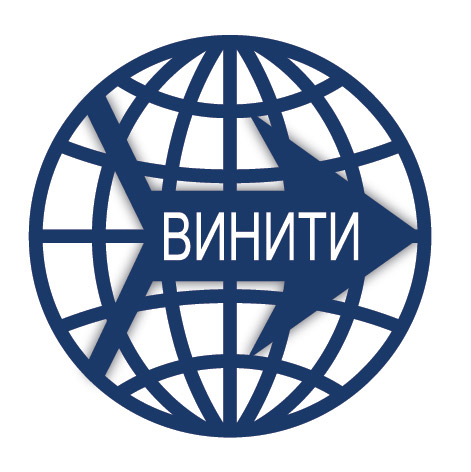Исследование обобщенных моделей Изинга на квантовом компьютере
Аннотация
В связи со сложностью исследования решеточных моделей статистической физики возникает интерес к разработке новых подходов к их изучению, в том числе с использованием квантовых технологий. В данной работе описывается и реализуется схема применения Variational Quantum Eigensolver (вариационный квантовый алгоритм для нахождения собственный значений) к задаче нахождения свободной энергии и намагниченности в термодинамическом пределе n-цепной обобщенной плоской модели Изинга с учетом взаимодействия ближайших соседей, следующих ближайших соседей и плакетных взаимодействий. Расчет отношения Рэлея для трансфер-матрицы подробно описан для n = 1,2,3. С помощью специальных параметризаций состояния системы кубитов и разложения трансфер-матрицы вычисляются свободная энергия и намагниченность для трехцепочечной модели на эмуляторе квантового компьютера. Весь процесс вычислений, включая эмуляцию квантового компьютера, реализован с использованием языка программирования Python. Также предлагается метод значительного ускорения вычислений (примерно в 10 000 раз) на эмуляторе для рассматриваемых моделей. Для найденных характеристик модели построены доверительные интервалы.
Литература
2. Yurishchev .A. K teorii dvojnyh cepej Izinga. Model' v nulevom vneshnem pole [On the Theory of Double Ising Chains. The Model in Zero External Field]. Fizika Nyzkikh Temperatur = Low Temperature Physics.1978;(4):646-654. (In Russ.).[TA1]
3. Abhijith J., Adedoyin A., Ambrosiano J. et al. Quantum Algorithm Implementations for Beginners. ACM Transactions on Quantum Computing. 2022;3(4):18. https://doi.org/10.1145/3517340
4. Poulin D., Wocjan P. Sampling from the thermal quantum Gibbs state and evaluating partition functions with a quantum computer. Physical Review Letters. 2009;103(22):220502.https://doi.org/10.1103/PhysRevLett.103.220502
5. Matsumoto K. et al. Calculation of Gibbs partition function with imaginary time evolution on near-term quantum computers. Japanese Journal of Applied Physics. 2022;61(4):042002. https://doi.org/10.35848/1347-4065/ac5152
6. Geraci J., Lidar D. A. On the exact evaluation of certain instances of the Potts partition function by quantum computers. Communications in Mathematical Physics. 2008;279:735-768. https://doi.org/10.1007/s00220-008-0438-0
7. Fujii K., Morimae T. Commuting quantum circuits and complexity of Ising partition functions. New Journal of Physics. 2017;19(3):033003. https://doi.org/10.1088/1367-2630/aa5fdb
8. Wu Y., Wang J.B. Estimating Gibbs partition function with quantum Clifford sampling. Quantum Science and Technology. 2022;7(2):025006. https://doi.org/10.1088/2058-9565/ac47f0
9. Jackson A., Kapourniotis T., Datta A. Partition-function estimation: Quantum and quantum-inspired algorithms. Physical Review A. 2023;107(1):012421. https://doi.org/10.1103/PhysRevA.107.012421
10. van Dijk J., Prodan E. Vertex Lattice Models Simulated with Quantum Circuits. arXiv:2111.00510. https://doi.org/10.48550/arXiv.2111.00510
11. Lidar D.A., Biham O. Simulating Ising spin glasses on a quantum computer. Physical Review E. 1997;56(3):3661. https://doi.org/10.1103/PhysRevE.56.3661
12. Arute F. et al. Quantum supremacy using a programmable superconducting processor. Nature. 2019;574(7779):505-510. https://doi.org/10.1038/s41586-019-1666-5
13. Zhong H.S. et al. Quantum computational advantage using photons. Science. 2020;370(6523):1460-1463. https://doi.org/10.1126/science.abe8770
14. Wu Y. et al. Strong quantum computational advantage using a superconducting quantum processor. Physical review letters. 2021;127(18);180501. https://doi.org/10.1103/PhysRevLett.127.180501
15. Peruzzo A. et al. A variational eigenvalue solver on a photonic quantum processor. Nature communications. 2014;5(1):4213. https://doi.org/10.1038/ncomms5213
16. McClean J.R. et al. The theory of variational hybrid quantum-classical algorithms. New Journal of Physics. 2016;18(2):023023. https://doi.org/10.1088/1367-2630/18/2/023023
17. Cao Y., Romero J., Aspuru-Guzik A. Potential of quantum computing for drug discovery. IBM Journal of Research and Development. 2018;62(6):1-20. https://doi.org/10.1147/JRD.2018.2888987
18. Blunt N.S. et al. Perspective on the Current State-of-the-Art of Quantum Computing for Drug Discovery Applications. Journal of Chemical Theory and Computation. 2022;18(12):7001-7023. https://doi.org/10.1021/acs.jctc.2c00574
19. Lordi V., Nichol J.M. Advances and opportunities in materials science for scalable quantum computing. MRS Bulletin. 2021;46:589-595. https://doi.org/10.1557/s43577-021-00133-0
20. Cao Y. et al. Quantum chemistry in the age of quantum computing. Chemical reviews. 2019;119(19):10856-10915. https://doi.org/10.1021/acs.chemrev.8b00803
21. Powell M.J.D. A Direct Search Optimization Method That Models the Objective and Constraint Functions by Linear Interpolation. In: Gomez S., Hennart J.P. (eds.) Advances in Optimization and Numerical Analysis. Mathematics and Its Applications. Vol. 275. Dordrecht: Springer; 1994. p. 51-67. https://doi.org/10.1007/978-94-015-8330-5_4
22. Powell M.J.D. Direct search algorithms for optimization calculations. Acta Numerica. 1998;(7):287-336. https://doi.org/10.1017/S0962492900002841
23. Andreev A.S., Khrapov P.V. Emulators of Quantum Computers on Qubits and on Qudits. ModernInformationTechnologiesandIT-Education. 2022;18(2):455-467. https://doi.org/10.25559/SITITO.18.202202.455-467
24. Khrapov P.V. Cluster expansion and spectrum of the transfer matrix of the two-dimensional Ising model with strong external field. Theoretical and Mathematical Physics. 1984;60(1):734-735. https://doi.org/10.1007/BF01018259
25. Khrapov P.V. Fourier Transform of Transfer Matrices of Plane Ising Models. ModernInformationTechnologiesandIT-Education. 2019;15(2):306-311. https://doi.org/10.25559/SITITO.15.201902.306-311
26. Khrapov P.V. Disorder Solutions for Generalized Ising Model with Multispin Interaction. ModernInformationTechnologiesandIT-Education. 2019;15(2):312-319. https://doi.org/10.25559/SITITO.15.201902.312-319

Это произведение доступно по лицензии Creative Commons «Attribution» («Атрибуция») 4.0 Всемирная.
Редакционная политика журнала основывается на традиционных этических принципах российской научной периодики и строится с учетом этических норм работы редакторов и издателей, закрепленных в Кодексе поведения и руководящих принципах наилучшей практики для редактора журнала (Code of Conduct and Best Practice Guidelines for Journal Editors) и Кодексе поведения для издателя журнала (Code of Conduct for Journal Publishers), разработанных Комитетом по публикационной этике - Committee on Publication Ethics (COPE). В процессе издательской деятельности редколлегия журнала руководствуется международными правилами охраны авторского права, нормами действующего законодательства РФ, международными издательскими стандартами и обязательной ссылке на первоисточник.
Журнал позволяет авторам сохранять авторское право без ограничений. Журнал позволяет авторам сохранить права на публикацию без ограничений.
Издательская политика в области авторского права и архивирования определяются «зеленым цветом» в базе данных SHERPA/RoMEO.
Все статьи распространяются на условиях лицензии Creative Commons «Attribution» («Атрибуция») 4.0 Всемирная, которая позволяет другим использовать, распространять, дополнять эту работу с обязательной ссылкой на оригинальную работу и публикацию в этом журналe.
